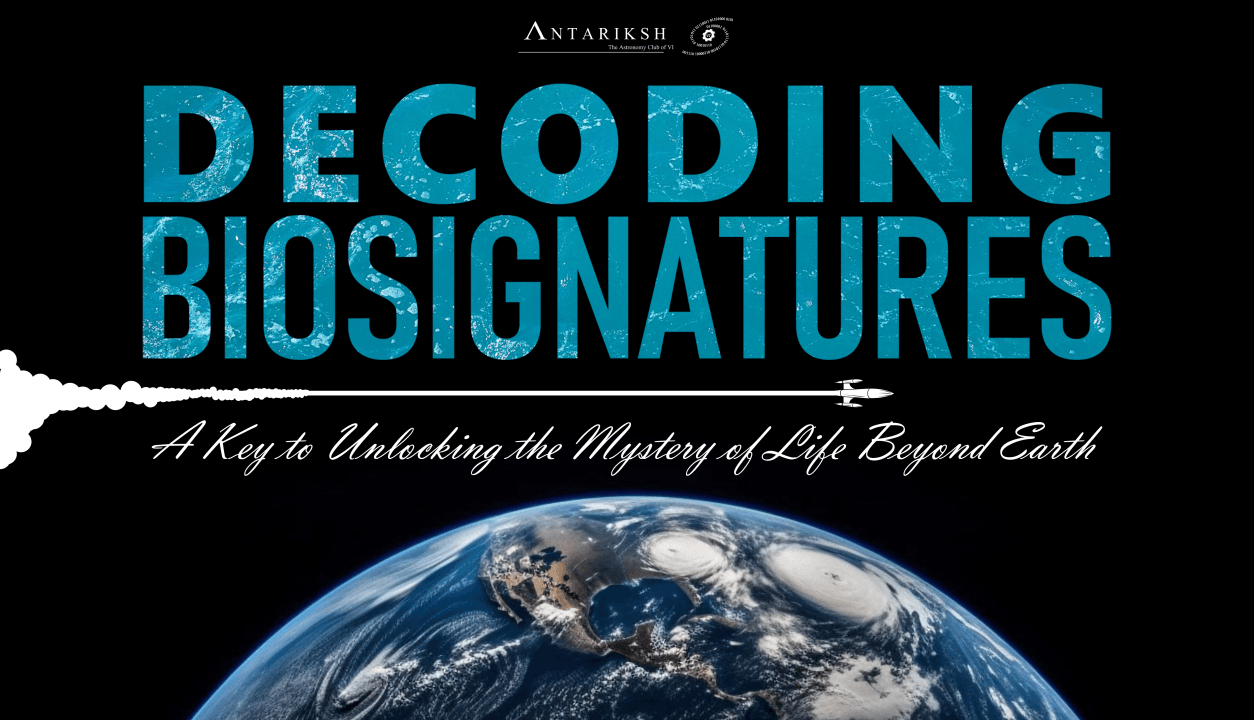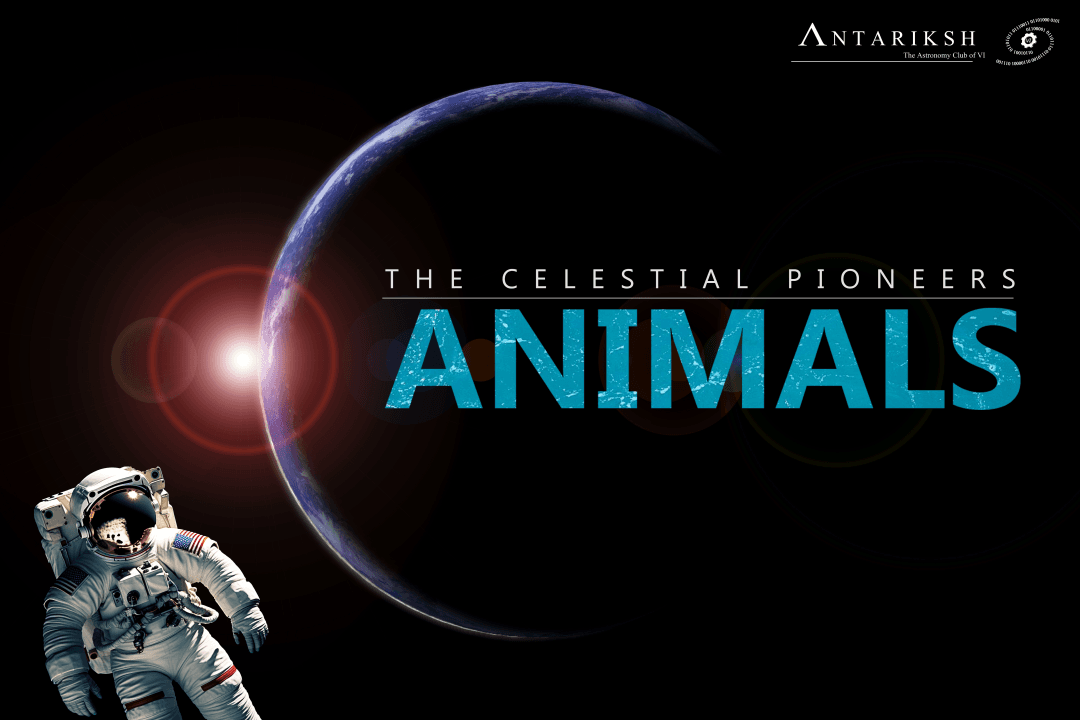
Navigating the Mysteries of White Holes: A Bright Side to the Dark Cosmos!
The article below attempts to dive into the mysterious nature of white holes. It begins with addressing the meaning and understanding of white holes. Further, the intriguing theories revolving around the white holes, which indeed make them special and significant to understand, are also addressed. Attempts are made to understand the behavior of white holes and the challenges that arise from their presence in the mysterious cosmos. The article dwells on the hypothetical problems and solutions that might arise by accepting their presence in this universe and how the white holes disobey the classical laws of physics. The relationship between white holes and black holes and the connection between wormholes and white holes can be considered the highlights of this research.
| Published on 03 Jun 2024

Decoding Biosignatures: A Key to Unlocking the Mystery of Life Beyond Earth
In this article we discuss the ways through which we can find signs of life on distant planets. We explore the significance of biosignatures and how studying our own planet aids in identifying similar signs on distant celestial bodies like exoplanets. We find ways to search for extraterrestrial life, spotlighting biosignatures—key evidence that could signify life on other planets. Following Meadows' recommendations, we classify biosignatures into gaseous, surface, and temporal types, examining each with observations and examples. Briefly, we look into the prevalent method of detecting these signs—IR spectroscopy. Furthermore, we have listed out details of two potential exoplanets from NASA's catalog and emphasized the remarkable capability of NASA's JWST to detect excess infrared light from remote planets. By the end of this article, you will be a few steps closer to understanding the methodology behind finding life beyond earth as well as analytical techniques
| Published on 28 Apr 2024

An expedition To The Mysterious Icy Worlds
The JUpiter ICy Moons Explorer (JuICE) mission, selected by ESA in 2012, will conduct detailed investigations of Jupiter and its system, focusing on Ganymede as a potential habitat and neighboring moons Europa and Callisto. This European-led exploration will provide a comparative picture of the Galilean moons and their potential habitability, offering the best opportunity to understand the origins and formation of gas giants and their satellite systems. The launch date of the mission was April 14, 2023, from Europe’s Spaceport in French Guiana, with arrival at Jupiter expected in July 2031.
| Published on 15 Apr 2024

Hawking Radiation
Hawking radiation, initially proposed by Stephen Hawking in 1974, remains a captivating subject of research in theoretical physics and cosmology. This paper delves into recent advancements in our understanding of this phenomenon and its far-reaching implications. Through theoretical frameworks and experimental endeavors, researchers have explored the intricate quantum processes near black hole event horizons, leading to the emission of Hawking radiation. Recent studies have investigated the relationship between Hawking radiation and dark matter, particularly focusing on its potential role in understanding primordial black holes (PBHs). Furthermore, advancements in observational techniques hold promise for detecting Hawking radiation and unlocking its mysteries in astrophysical environments. This paper aims to provide a comprehensive overview of Hawking radiation, bridging theoretical insights with practical applications in cosmology and astrophysics. By unraveling the secrets of Hawking radiation, we deepen our understanding of fundamental physical phenomena and pave the way for groundbreaking discoveries in the nature of the universe.
| Published on 08 Apr 2024

Tardigrades in Space
This article explores the remarkable adaptations of tardigrades, and microscopic water bears, including their ability to undergo cryptobiosis—a reversible state induced by extreme conditions. Tardigrades, thriving in harsh limno-terrestrial habitats, exhibit resilience to desiccation, freezing, and other stressors. The study emphasizes the physiological intricacies of cryptobiosis, protective mechanisms like “tun” formation, and the species Richtersius coronifer's survival in extreme environments. Tardigrades, deemed "superpowered" by entering cryptobiosis, play a crucial role in astrobiology and space research, showcasing their resilience to space vacuum, radiation, and high temperatures. Radiation tolerance studies reveal unexpected efficiency in DNA repair mechanisms, challenging previous assumptions. At the end of this Article ,lists of all Hard words and Scientific terms are given for better understanding.
| Published on 29 Mar 2024

The Celestial Pioneers : ANIMALS
"Early space missions involving animals stand as pivotal contributions to the astrobiology domain, offering unique insights into life beyond Earth. Selected for their biological parallels to humans, these celestial pioneers served as living experiments, unraveling many astro-biological mysteries.
The biological responses of animals provided crucial data for assessing life support systems, understanding the impacts of microgravity and cosmic radiation, and illuminating behavioral adaptations essential for survival in the extraterrestrial environment. These findings not only shaped space medicine but also became foundational in exploring the broader astro-biological implications of life's adaptability beyond our home planet.
While ethical considerations have prompted a shift in experimental methodologies, the enduring educational impact of animals in space missions continues to inspire future astrobiologists. The lessons learned from these early pioneers contribute to ongoing astro-biological research, influencing our understanding of the potential for life in the vast reaches of the cosmos."
| Published on 06 Mar 2024